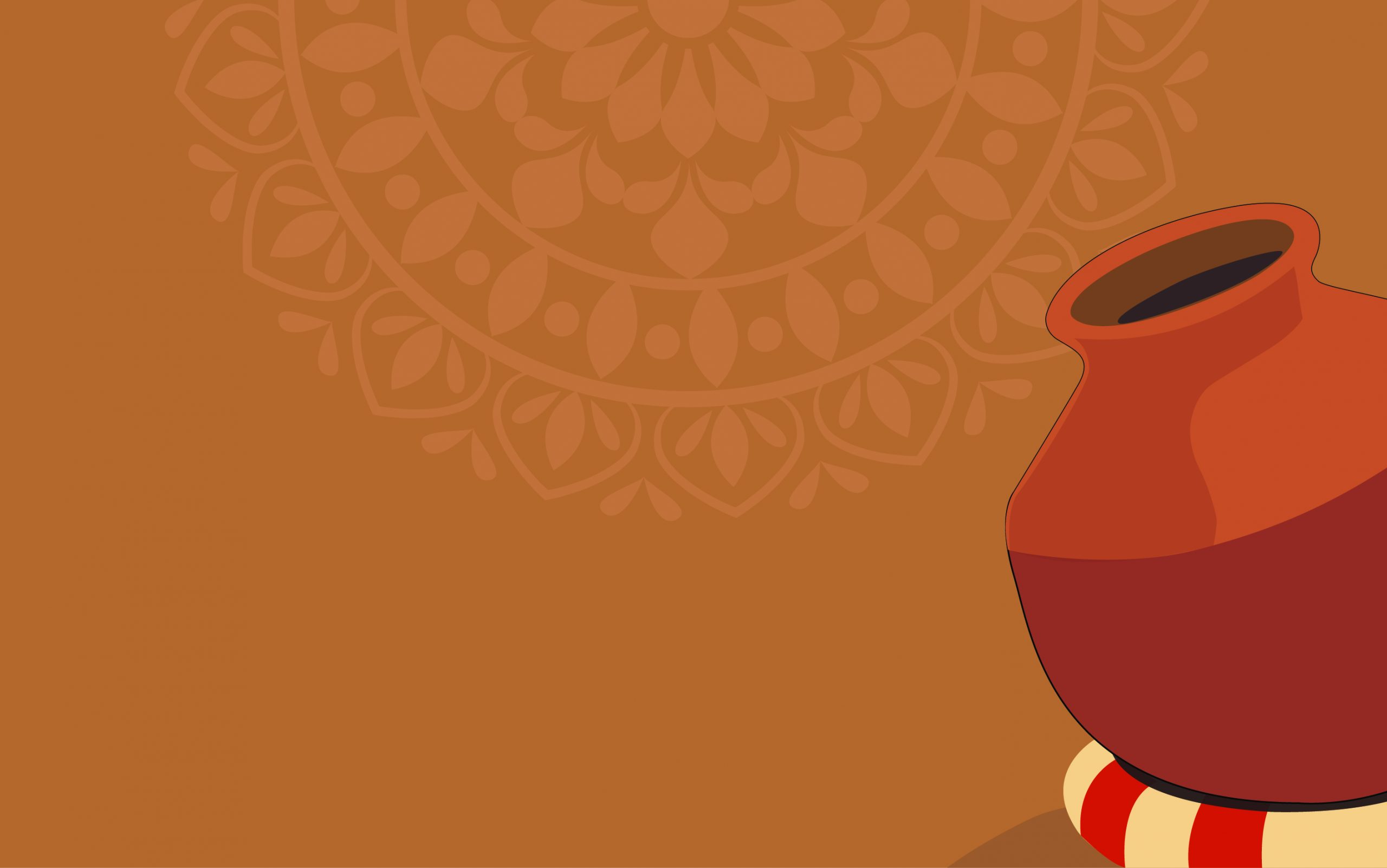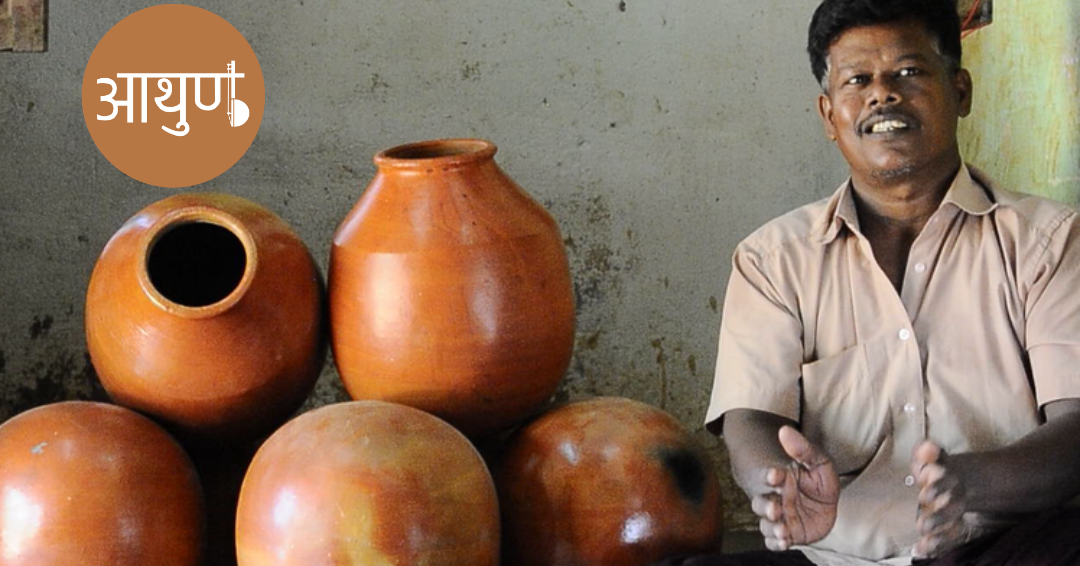


Originally, the art of playing Matka, another name for Gharha, had begun in Punjab, but eventually, the art found its way to the heart of the state of Thar Desert and had become an inevitable part of its folk culture. A similar art is prominent in southern India as well. The instrument is called Ghatam there, and it constitutes a significant part of the Carnatic music system. The Ghatams, here, are often used in multiple numbers, with each Ghatam producing varying sound based on its thickness.
In Rajasthan, however, just one pot is used, and to serve the purpose of creating variations, players would change the place where they would strike the pot. From the neck to the base, a professionally crafted Gharha is capable of producing dulcet tunes of varying pitches. The hollow of the pot works as an amplifier, and the resultant music is simply divine.
Another method is gaining popularity in the playing of a Gharha by using a thick canvas fabric.The fabric used for the purpose is a thick canvas, which is tied around the mouth of the earthen pot stiffly. It creates a rigid yet flexible surface onto the pot, on which a player can create rhythmic tunes using the thrumming movement of his/her fingers.

The literal meaning of the word Ghatam (Sanskrit) is pot. Ghatam is a beating musical instrument of ancient origin and holds the same position as do Veena or Mridangam hold. Ramayana written by Valmiki also has a mention of music produced from Ghatam in its tenth Chapter. In addition, the ‘Krishna Ganam’ holds a reference to the instrument Ghatam, where Lord Krishna plays the flute and an accomplice plays a pot. Ghatam also finds mention in ancient scriptures about musical instruments and is considered to be of very old origin.has made its way to modern day music and has been used in concerts etc. In the non-traditional category, the Ghatam is used in Jazz, Rock, Fusion and many other variants.
Its variant in Kashmir is called as ‘Not’, in Rajasthan is known as ‘Mudki’ and has been mainly associated with folk music. Over the years Ghatam has made its way to modern day music and has been used in concerts etc. In the non-traditional category, the Ghatam is used in Jazz, Rock, Fusion and many other variants.
Like any other earthen pot of Indian style, Ghatam is also made up of mud with special attention given to the uniform thickness of walls so as to produce good quality tone. Metallic fillings are added to the clay for producing the Ghatam that produce vibrating sound. Ghatams are generally of two origins: Mana Madurai & Chennai (Madras). Ghatams of Chennai are light weighted and do not require much force while playing, however Ghatams of Mana Madurai are comparatively heavy weighted and are played with difficulty but produce metallic sound.